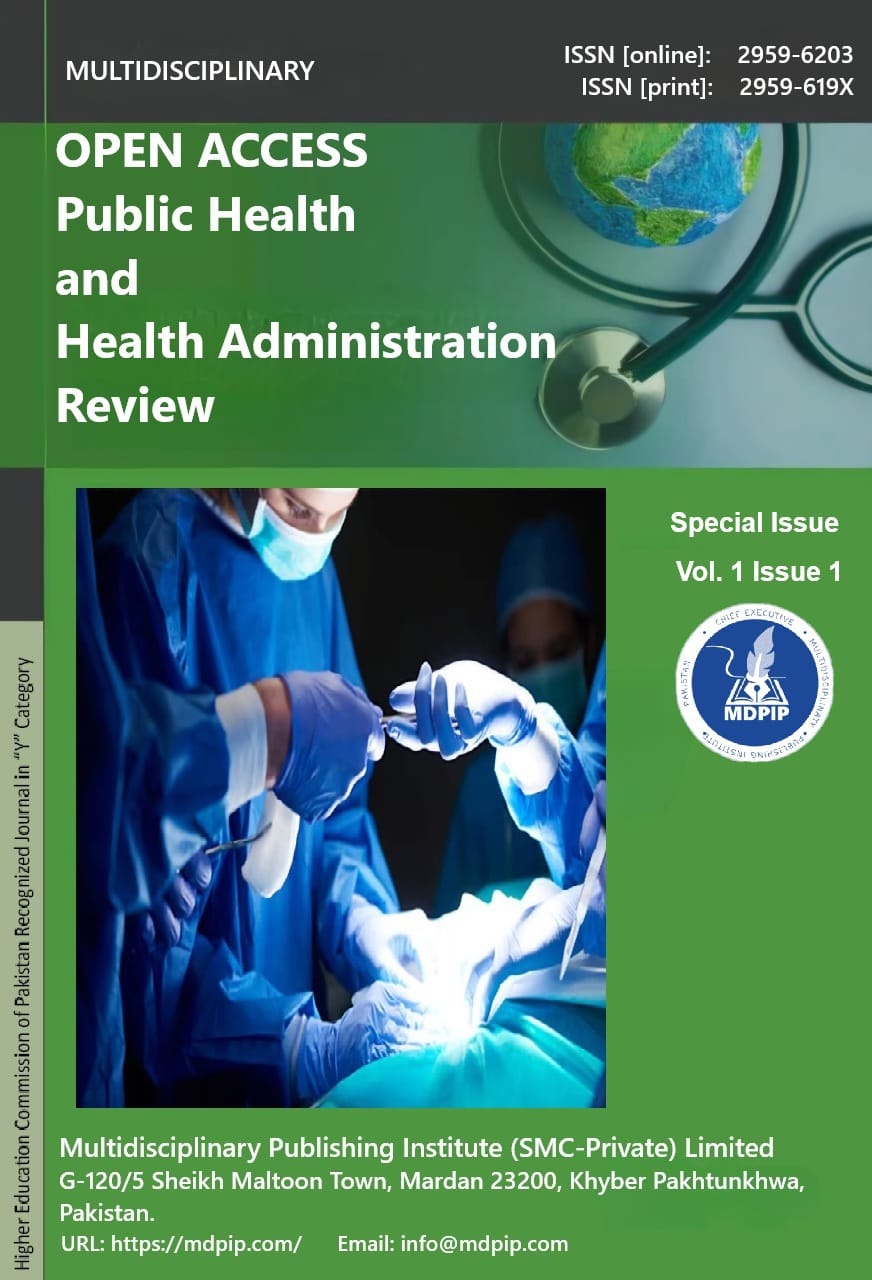Optimization and Comparative Analysis of Phenol-Chloroform vs Salting-Out DNA Extraction Methods from Human Blood and Saliva Tissues: Assessing Yield, Purity, and Suitability for Downstream Molecular Applications
DOI:
https://doi.org/10.59644/oaphhar.1(1).238Keywords:
DNA Extraction, Phenol–Chloroform, Salting-Out, Blood, Saliva, Purity, Protocol OptimizationAbstract
High quality DNA extraction is fundamental for molecular diagnostics, biomedical research, and forensic sciences. Among biological sources, blood provides high yields, whereas saliva offers a non-invasive alternative. Classical methods such as phenol-chloroform and salting-out remain widely used, but their comparative performance requires further evaluation. This comparative laboratory study analyzed 60 human samples (blood and saliva) using phenol-chloroform and salting-out extraction protocols. DNA yield and purity were assessed with Nanodrop spectrophotometry, and results were compared across sample types and methods. Phenol-chloroform yielded significantly higher DNA concentrations and superior purity than salting-out. From blood, the mean yield was ~308 ng/µL with A260/A280 ~1.89 using phenol-chloroform, compared with ~18 ng/µL (A260/A280 ~1.82) using salting-out. From saliva, phenol-chloroform produced ~64 ng/µL (A260/A280 ~1.87) versus ~38 ng/µL (A260/A280 ~1.75) with salting-out. Blood was the most reliable DNA source, but saliva provided adequate DNA quality for PCR-based and genotyping applications. Phenol-chloroform extraction remains the superior method for obtaining high-yield, high-purity DNA, particularly from blood. However, due to biosafety risks associated with organic solvents, the salting-out method offers a safer and low-cost alternative suitable for routine diagnostics and use in resource-limited settings.






